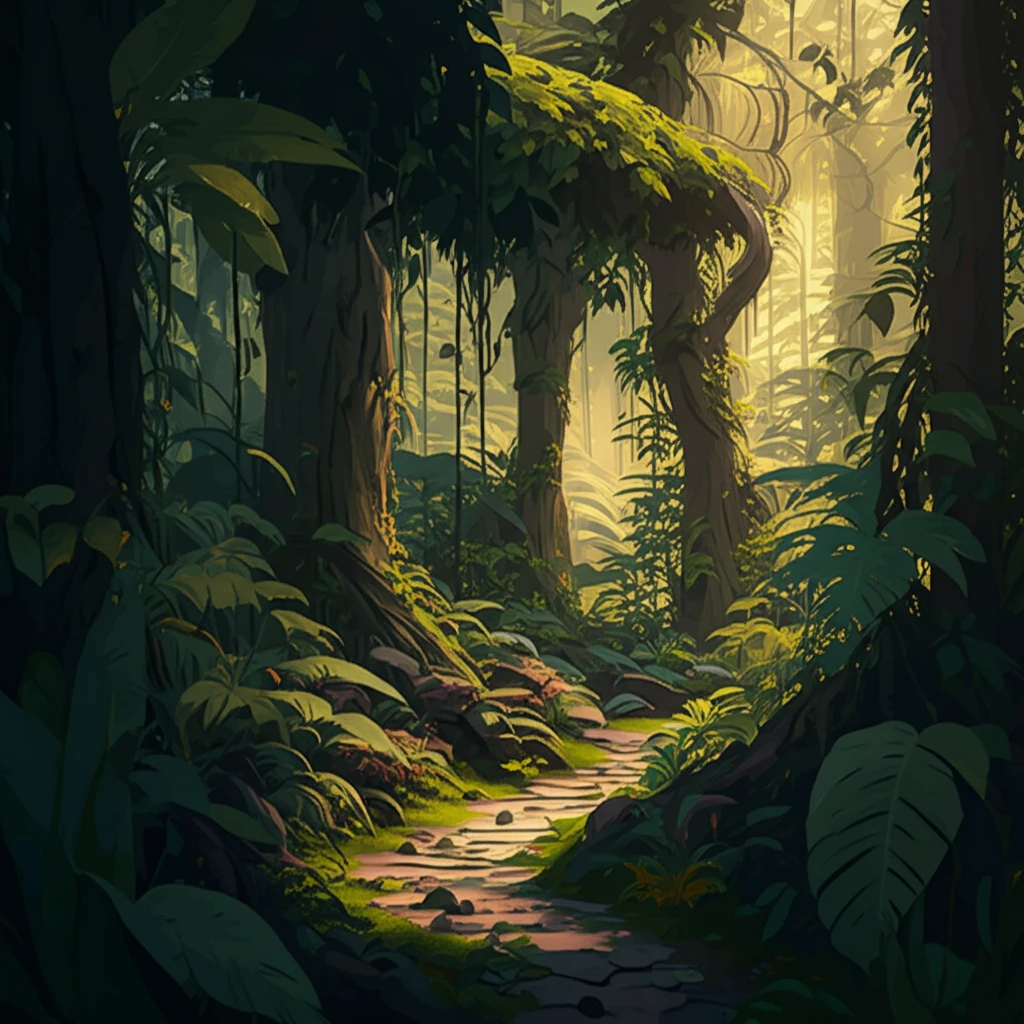
Guardians of the Green: Unveiling the Secrets of Marambaia Island's Forest
"Explore the hidden world of Brazil's Atlantic Forest on Marambaia Island and discover why preserving its biodiversity is crucial."
The Atlantic Forest, one of the world's most threatened tropical biomes, faces relentless pressure from agricultural expansion and deforestation. This continuous exploitation leads to fragmented forests, jeopardizing countless species and disrupting natural ecosystems. Yet, within these fragmented landscapes lie pockets of resilience, areas where conservation efforts strive to safeguard what remains.
Marambaia Island, nestled in Rio de Janeiro, Brazil, is one such haven. Here, on the slopes of the island, a unique section of the Atlantic Forest thrives, harboring a rich collection of tree and shrub species. This island's forest offers a crucial window into the biodiversity of the region and highlights the importance of ongoing conservation initiatives.
Understanding the composition of this forest—identifying its key species, assessing its health, and recognizing its similarities to other forests—is essential for effective conservation planning. This knowledge allows researchers to pinpoint priority areas, track changes over time, and implement targeted strategies to protect this invaluable natural treasure.
Marambaia's Green Heart: A Deep Dive into Species Diversity

A comprehensive study was conducted on Marambaia Island to catalog the tree and shrub species inhabiting its slopes. By employing a combination of detailed transect surveys and general observation walks, researchers identified a total of 235 species, distributed across 134 genera and 52 families. This diverse collection underscores the ecological richness of the island and its significance as a biodiversity hotspot.
- Dominant Families: Myrtaceae, Fabaceae, and Rubiaceae.
- Rich Genera: Eugenia, Myrcia, and Ocotea.
- Threatened Species: 19 species identified as threatened.
- High Similarity: Strong floristic similarity to Rio Bonito vegetation.
Guardians of the Forest: A Call to Action for Conservation
The research on Marambaia Island's Atlantic Forest serves as a powerful reminder of the importance of preserving our planet's diverse ecosystems. The high species richness and the presence of threatened species highlight the ecological significance of this area and the urgent need for conservation efforts. By understanding the floristic composition of the forest and its relationships with other regions, scientists and conservationists can develop targeted strategies to protect this valuable natural resource for future generations.
